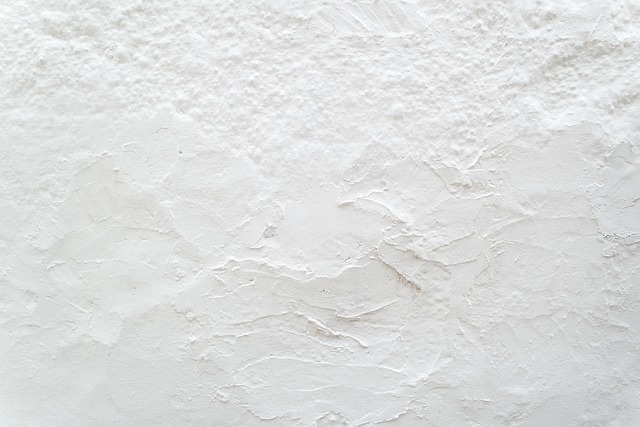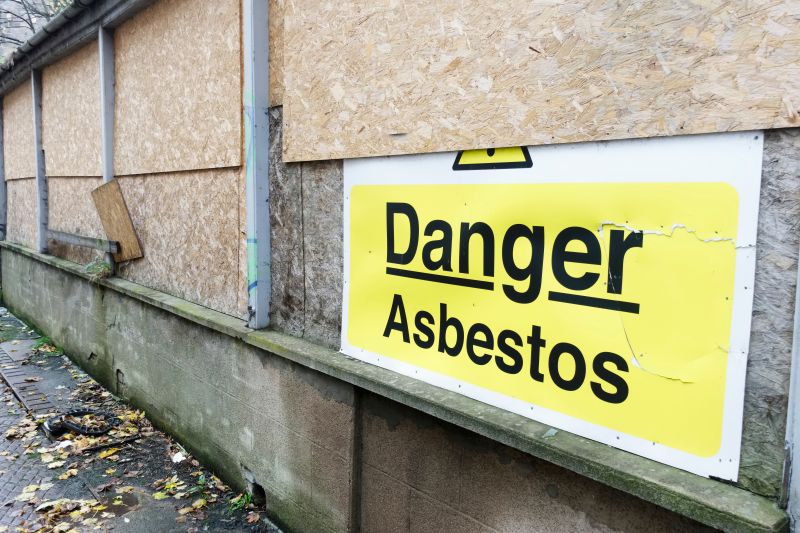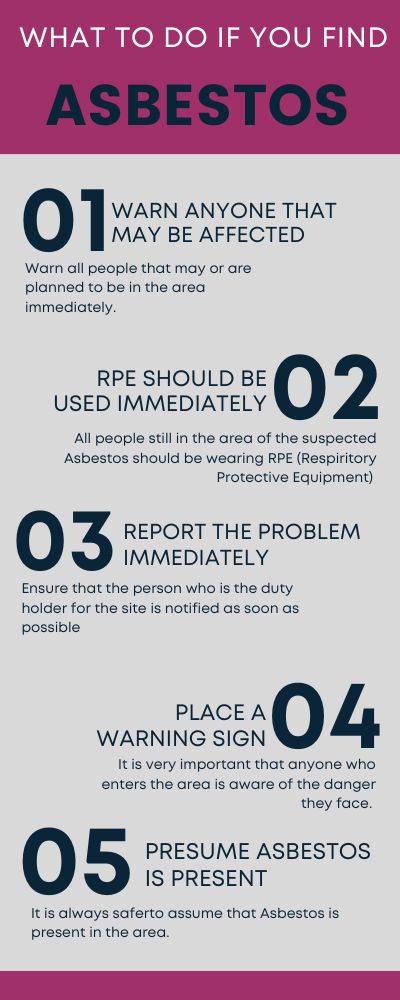Artex, a textured decorative coating used on ceilings and walls, has been a popular choice for interior design in the UK for many years. However, there has been a long-standing concern among homeowners and professionals alike about the potential presence of asbestos in Artex. In this blog post, we will explore this topic in detail and debunk the myth of asbestos in Artex.
What is Artex?
Artex is a brand name for a type of decorative coating that was commonly used in the UK from the 1960s to the 1990s. It is typically applied to ceilings and walls to create a textured finish that adds visual interest and hides imperfections. Artex can come in various patterns and textures, such as swirls, stippling, and patterns resembling tree bark or plaster. It was a popular choice for both residential and commercial properties due to its affordability, durability, and ease of application.
Asbestos and Artex: Understanding the Myth
Asbestos is a naturally occurring mineral that was used in various building materials, including insulation, roofing, flooring, and textured coatings. It was added to building materials for its fire-resistant properties and strength. However, due to its health hazards, including the risk of lung diseases and cancer, asbestos has been banned in the UK since 1999.
There is a common misconception that Artex contains asbestos. This myth has been perpetuated by the fact that some older Artex coatings may contain small amounts of asbestos. However, it is important to note that not all Artex products contain asbestos. In fact, the majority of Artex coatings applied after the mid-1980s are likely to be asbestos-free.
Asbestos in Artex: Fact vs. Fiction
It is true that some older Artex coatings, particularly those applied before the mid-1980s, may contain asbestos. This is because asbestos was commonly used in textured coatings during that time period. However, Artex coatings manufactured and applied after the mid-1980s are likely to be asbestos-free. This is because the use of asbestos in building materials, including Artex, declined significantly in the UK after the dangers of asbestos became widely known.
In addition, the UK asbestos regulations, including the Control of Asbestos Regulations 2012, require proper identification and management of asbestos-containing materials in buildings. This includes conducting asbestos surveys and risk assessments to identify the presence of asbestos in Artex or any other building materials. If asbestos is identified in Artex or other building materials, proper measures must be taken to manage or remove it safely by trained and licensed professionals.
Safe Management of Artex
If you have Artex coatings in your home or property, it is important to understand that not all Artex contains asbestos. However, if you suspect that your Artex may contain asbestos, it is best to have it tested by a qualified asbestos professional. Asbestos testing involves taking samples of the material and analyzing them in a laboratory to determine the presence of asbestos.
If asbestos is found in your Artex or other building materials, it is important to follow proper procedures for safe management. This may include encapsulation, where the asbestos-containing material is covered with a sealant to prevent the release of fibres or removal by trained and licensed asbestos removal contractors. It is crucial to never attempt to remove or disturb asbestos-containing materials yourself, as it can result in dangerous exposure to asbestos fibres.
Conclusion
In conclusion, while some older Artex coatings may contain asbestos, the majority of Artex products applied after the mid-1980s are likely to be asbestos-free. It is important to have proper testing and assessment conducted by qualified professionals to determine the presence of asbestos in Artex or any other building materials. If asbestos is found


